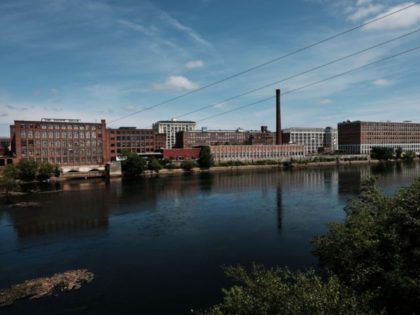Empire State Manufacturing Survey Unexpectedly Jumps Higher
In a report that leaked from the NY Fed a day early, there are signs of hope for the manufacturing sector.

In a report that leaked from the NY Fed a day early, there are signs of hope for the manufacturing sector.

An economic “ray of light” shines forth from American factories after several months of gloom.

New orders, employment, and production all declined as trade and global economic headwinds produced the worst reading since 2016.

Job openings and hires in the manufacturing sector remain elevated despite trade tensions. Factory layoffs remain very low.

After slumping in June, the Philly Fed’s reading of economic conditions saw the biggest rebound in a decade.

Manufacturing continued to slow in June but still outpaced expectations. Lots of gripes about tariffs but prices are falling.

May industrial output figures from the Fed show the manufacturing sector is holding up better than expected amid trade war with China.

Despite claims that trade tensions with China are responsible for the slowdown in manufacturing, the sector began to slow in April.

The slide in industrial production accelerated in April, suggesting slumping demand around the world is now weighing on the U.S.

A small but welcome increase fueled by transportation orders and a jump in spending on capital goods.

Wage growth in manufacturing has not been this high since before the financial crisis and the great recession.

Increased productivity signals tariffs are not hurting American manufacturers.

So much for the blarney about tariffs hurting U.S. manufacturers.

Trump’s critics want to blame tariffs for a slowdown in manufacturing. But the data tell a very different story.

No sign of the widely predicted Tariffmageddon.

American manufacturing expanded at a stronger pace than expected in January, close to the fastest pace since 2004.

Despite the decline in manufacturing output, overall industry production rose 0.5 percent, likely as the result of an 8.6 percent increase in utilities generation caused be unusually warm weather in the month of February.

At a CNN town hall Thursday, businessman and Republican presidential candidate Donald Trump once again put the issue of manufacturing front and center in the 2016 race.

Just this week, companies across the American landscape announced they were slashing hundreds jobs, one company is even moving those jobs to Mexico.

Investment in new U.S. factory plant and equipment just hit the highest level since 1958. After 100 years of economic dominance due to cheap and abundant oil, U.S. politicians turned against domestic oil production in the 1970s and the Middle East oil production took off. For the next 40 years, the budget deficit and income inequality soared as high-paying manufacturing jobs went offshore. But with fracking re-establishing America as the planet’s largest energy producer, U.S. manufacturing is back.
